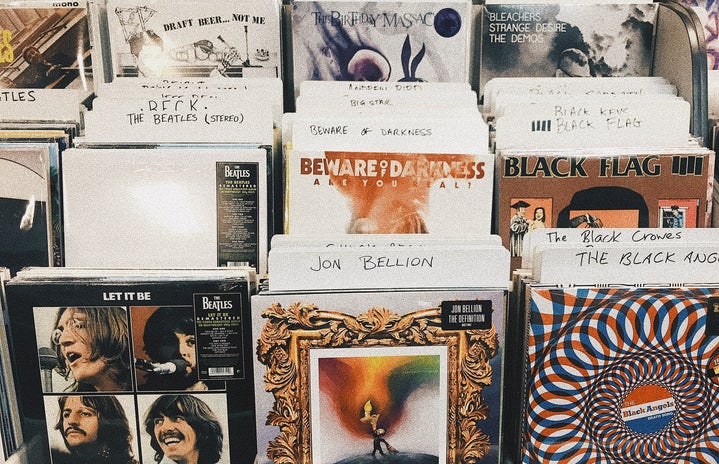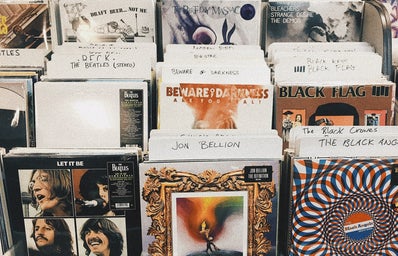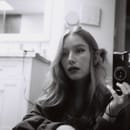A few months ago, my friend and I were hanging out and listening to music when a SWMRS song came on shuffle. We both immediately reached for the skip button.
“You heard about it too?” she asked me.
“Of course, it’s awful…”
We were talking about an Instagram post made by 19 year-old Lydia Night, lead singer of the punk rock band The Regrettes. She came forward detailing the abuse she endured from Joey Armstrong, while on tour with his band SWMRS––a period in which Lydia was underage. This sparked a fire amongst victims to the problematic punk music scene, and more bands and artists were called out. Fortunately, I never really listened to SWMRS, but I was devastated to find out that many of my favourite musicians were abusers, groomers, and more. In light of the allegations, I unfollowed them all on social media platforms and stopped streaming their music. Obviously, right? Well, not quite.
This leads us to the big question: Can you separate the art from the artist? In my opinion, no. Although, most people I’ve spoken to on the topic would argue otherwise.
Think of it this way––no two people could have (or would have) created the exact same art, under the exact same circumstances, with the exact same opportunities and access to the same tools. So, no matter what, art is personal. Art is supposed to be an outward expression of yourself, your views, and your beliefs. Artists do not separate themselves from their art, so why should anyone else be expected to? Better yet, why would anyone want to?
Now, I’ve heard it all: “But they’re just allegations!” or, “Is one mistake enough to discredit such a great artist?”
By assuming allegations are just that––allegations––you immediately discredit the victim. This opens up an entire dialogue about the perpetuation of rape culture. What do you gain from immediately jumping to the assumption that the victim is lying? What makes an abuser a great artist? Being a great artist and being a horrible person cannot go hand in hand.
Now, this isn’t exclusive to musicians or abusive artists per se; take J.K. Rowling, for example. Rowling has been accused of being a transphobic, racist, and anitsemetic woman. She has even flaunted her transphobia proudly. On the surface it may seem easy to acknowledge these facts; but still find her books enjoyable, because they are! But if you dig a little deeper, you’ll notice her views are intertwined into her writing, inescapable to the reader. Think about the goblin species in Harry Potter. While she perhaps didn’t do this intentionally, the goblins are a typical Jewish stereotype. They have hooked noses, greedy personalities, and manage all the banks in the wizarding world. There’s also an entire species of enslaved elves, who enjoy serving humans so long as they don’t get beaten.
Consuming art gives power to the artist. It shows them that no matter what they do, we’ll still stream their music or buy their books or watch their movies. They can be as awful a person as they want, and it won’t affect their career. Personally, I feel no remorse in seeing an abusive artist’s career fall apart, just like the lives of their victims.
Maybe I can’t, maybe I won’t: But to me, there is no separating the art from the artist.



